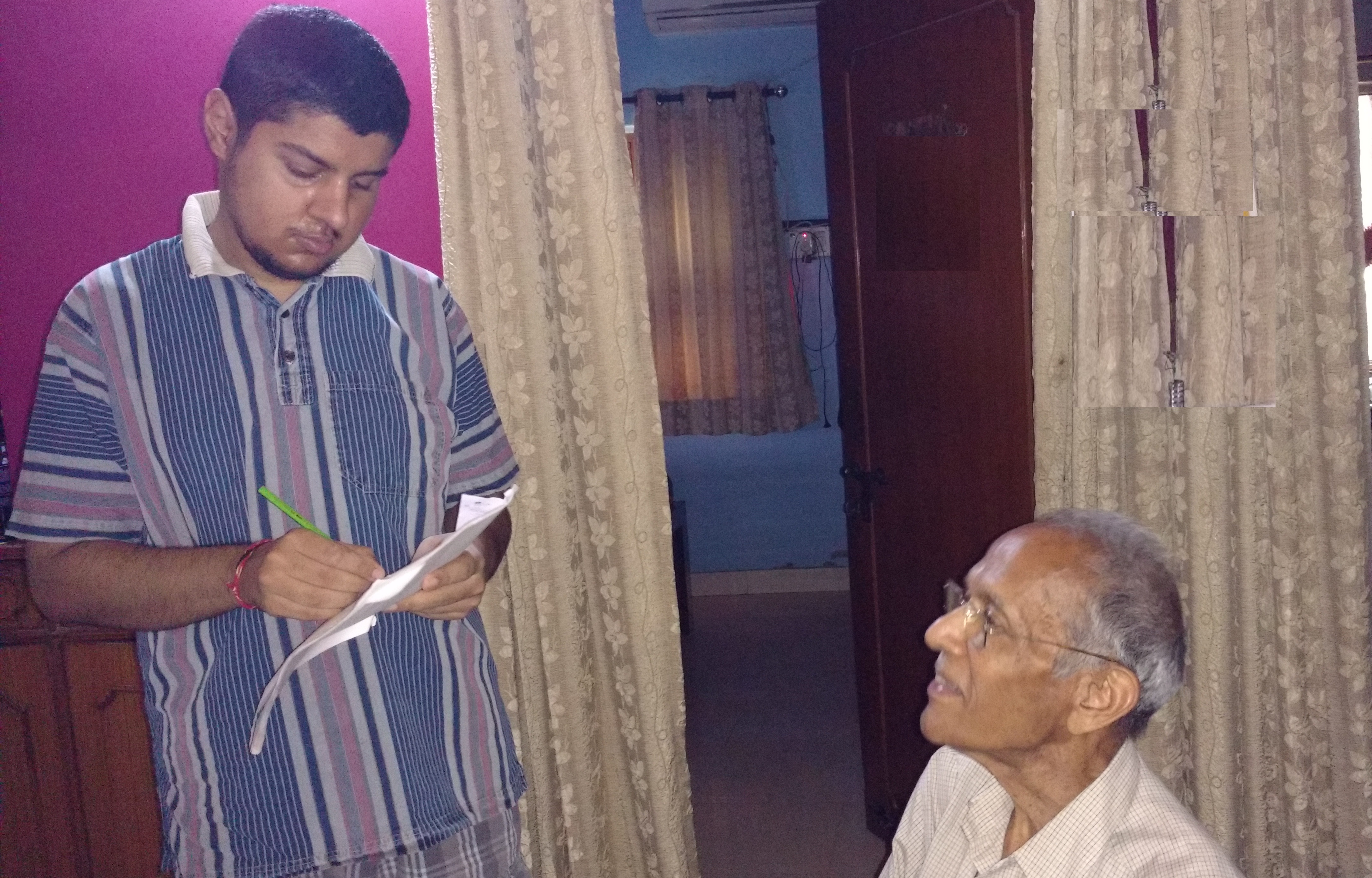
For lecture on sources of health information click: http://www.ihatepsm.com/resource/sources-health-information-2
The term ‘health survey’ is used for surveys for studying any aspect of health – morbidity, mortality, nutritional status etc.
Survey for studying the diseases in a community is known as ‘morbidity survey’
Health surveys are of the following types:
1. Survey for studying the diseases prevalent and their distribution in the population and the health status of the individuals
Also known as ‘Community Diagnosis’
This is needed for planning and developing the health services for this population
2. Surveys for studying factors affecting health or ‘risk factors’
3. Surveys for assessing administration of health services e.g. utilization rates, out-of-pocket expenditure on health, unmet health needs etc.
Sampling techniques are available so that estimates at any level of precision desired can be achieved. Hence the precision level may be set in accordance with the constraints of available resources and the appropriate sample size may be surveyed.
Health surveys may be
• cross sectional or longitudinal
• descriptive or analytical (or both)
Health surveys on regular basis are operational in only a few countries
• Japan since 1953,
• USA since 1957 and
• UK since 1971
Data collection in surveys can be carried out in one or more of the following methods:
• Health examination
• Health (face to face) interview
• Health records
• Mailed questionnaire
Each method has its own advantages and disadvantages and may be suitable in varying situations.
1. Health examination of the members is suitable when morbidity survey is carried out
• The survey team includes doctors, technicians, interviewers etc.
• Hence it is expensive and not suitable for an extensive scale
• It carries the issue of providing treatment to those found ill.
2. The health interview (face to face) survey is an suitable for assessing subjective phenomena such as
• Perceived morbidity, disability and impairment;
• Economic loss due to illness,
• Expenditure incurred on medical care;
• Opinions, beliefs and attitudes;
• Some behavioral characteristics etc.
In India, the National Sample Survey Organization (NSSO) has been active in conducting interview surveys; these surveys have yielded nationwide data in general morbidity, family planning and vital events, but the morbidity data is not reliable because of the limitation of the interview method.
Better still is to combine interview with health examination surveys and/or laboratory measurements.
An alternative method of measuring subjective phenomena is the self-administered Questionnaire
3. Health records survey involves collection of data from health service records. This is evidently the cheapest method of collecting data. This method has several disadvantages:
• The estimates obtained from the records are not population based
• Reliability of data is open to question, and
• Lack of uniform procedures and standardization in recording of data.
4. The use of questionnaire is simpler and cheaper and they may be sent, for example, by mail to persons sampled from a given target population.
• A certain level of education and skill is expected from the respondents
• There is usually a high rate of non-response.
Except when the purpose of survey is to collect information from a special group (e.g. school children or a particular occupational group), the household is the most common sampling unit.
The sample size is calculated based on the measurement being taken and the degree of precision desired.
Data must be gathered under standardized conditions with quality control.
The collection of data should be restricted to those items for which there is a clearly defined use.
The fact that data might be of interest or use to someone, someday, somewhere is not a valid reason for collecting them.
The collected data needs to be transformed into information by summarizing them and adjusting them for variation in the age and sex composition of the population (so that comparisons over time and place are possible)
• Regular health surveys in India:
– Registrar General of India (RGI) – Annual Health Survey
– National Sample Survey Office’s (NSSO)
– MoHFW – NFHS and DLHS (nodal agency - International Institute of Population Sciences)
For lecture on sources of health information click: http://www.ihatepsm.com/resource/sources-health-information-2
